Even though Abel left behind a sizable oeuvre, including many symphonic works, he is maybe best remembered for his extraordinary compositions for the “queen of all instruments”, as he called it: the viola da gamba.
About the album
Sic transit gloria mundi.
Having been a true celebrity in the second half of the 18th century, Carl Friedrich Abel has since been largely forgotten. At least, forgotten outside of the viola da gamba community. He was a cellist, composer, and viola da gamba virtuoso, most well-known for his establishment and subsequent managing, together with a son of the great J.S., Johann Christian Bach, of the appropriately-named and extremely successful Bach-Abel concert series in London. Between 1764 and the untimely death of Johann Christian in 1782, this series defined the musical world of London. Abel was sharing a house with Johann Christian at the time and the two must have been extremely close. Abel was devastated by the death of his friend, and turned to alcohol and his fatherland for consolation. Both without success.
Even though his performances on the viola da gamba continue to receive high praise in the London press right up until his death in 1787, Abel more and more relied on spirit drinks to perform on stage after the passing away of Johann Christian. He was reputedly sometimes in such a state that two men were needed to carry him onto his chair before the concert. This apparent loss of control notwithstanding, he then proceeded -according to the papers- to improvise more beautifully than ever before.
With the Bach-Abel series coming to an end in 1782, Abel returned to his fatherland for inspiration and in order to be introduced to the latest musical fashion. He composed several sonatas in the Berlin style of the time before returning to London, where he died a few years later. The French Revolution was then only two years away. The viola da gamba had gone almost completely out of fashion. The contemporary papers concluded, that with the death of Carl Friedrich Abel, the viola da gamba was in effect buried alongside him. It would indeed be 150 years before both the instrument and Abel’s music would again find recognition.
How did the son of cellist Christian Friedrich Abel and Anna Christina Holm, born in Cöthen on December 22, 1723, become an international celebrity in the far-away city of London? J.S. Bach had just left Cöthen for Leipzig at the time of his birth, but the two families were very friendly and it is even assumed that the famous suites for violoncello solo were actually composed for Abel’s father. It is also probable that Bach assisted in establishing Abel’s musical career, since Abel was living in Leipzig in the late 1730s, after the death of his father.
It is certain that Abel was employed as a cellist by the Dresdener Kapelle and he gradually moved into composing as well, publishing his works from 1750 onwards. But in 1757 disaster struck, as Dresden was almost completely destroyed during the Seven Year War between Prussia, Saxony, and Austria. Abel became a European refugee, travelling to Frankfurt am Main, where he reportedly spent some time with the family of Johann Wolfgang von Goethe, before moving on to Paris and eventually to London. He may have been just in time to witness Händel’s last performances. It was his encounter with Johann Christian Bach that turned Abel’s luck around, at least for a decade and a half.
It was during the early years of the Bach-Abel concert series that Karl Friedrich received a visit by Leopold Mozart, showing off his prodigy offspring. Indeed, the young Wolfgang Amadeus received music lessons from the great Abel. Mozart apparently used some themes by Abel in in his 18th symphony, and it is even rumored that Mozart did in fact compose some works for the viola da gamba during his stay in London. Just imagine that: actual notes for the viola da gamba by Mozart. What a tantalizing idea! What a dream for any viola da gamba player! And what a deception that these works -if they ever existed- have never been found.
Even though Abel left behind a sizable oeuvre, including many symphonic works, he is maybe best remembered for his extraordinary compositions for the “queen of all instruments”, as he called it: the viola da gamba. Every viola da gamba player is familiar with some of his work. Many of us have started our education with the easy pieces with basso continuo, gradually moving to the extremely demanding and rich repertoire for solo viola da gamba. It is this repertoire that is recorded on this album. It is so special to be able to record these sweet, emotional, deeply moving, and elegant pieces, since it is through this music, more even than by means of the works of Carl Philipp Emmanuel Bach, that one hears the new era approaching, the era of romanticism. The works of Mozart for the viola da gamba may never be found. But by playing and listening to the music of Abel, one gets a glimpse of what it may have sounded like.
For me, Carl Friedrich Abel will always remain the Mozart of the gamba.
Tracklist click to play/pause
-
Carl Friedrich Abel
Sonata in D major
-
I. Moderato
2:592:59
-
II. Adagio
3:343:34
-
III. Rondo. Vivace
3:573:57
-
-
Carl Friedrich Abel
Sonata in D minor
-
I. Allegro
4:424:42
-
II. Adagio
4:364:36
-
III. Tempo di minuet
2:162:16
-
IV. Allegro
3:353:35
-
-
Carl Friedrich Abel
Sonata in A major
-
I. Allegretto
3:403:40
-
II. Adagio
2:212:21
-
III. Presto
1:351:35
-
-
Carl Friedrich Abel
Sonata in D
-
I. Arpeggio
1:501:50
-
II. Fuga
3:353:35
-
III. Fuga
3:263:26
-
IV. Allegro
1:531:53
-
-
Carl Friedrich Abel
Sonata in D major
-
I. Andante
3:323:32
-
II. Tempo di minuet
2:582:58
-
More information
| Label | TRPTK |
|---|---|
| Genre(s) | Classical – Baroque (1600-1750) |
| Artist(s) | Ralph Rousseau |
| Composer(s) | Abel, Carl Friedrich |
| Recording location(s) | Oude Jan, Velp (NL) |
| Recording date(s) | October 2023 |
| Cat. No. | TTK 0125 |
|---|---|
| Release date |
December 22nd, 2023 |
| Additional links |
Tech specs
| Microphones | Josephson C617 w/ Gefell MK221 capsules (main) |
|---|---|
| Microphone preamps | Grace Design m801mk2 |
| AD/DA conversion | Merging Technologies Hapi MkII |
| Recording resolution | DSD 11.2MHz 1bit |
| Mastering resolution | PCM 352.8kHz 64bit |
| Monitoring (recording) | Audeze LCD-X |
| Monitoring (mastering) | Grimm Audio LS1be |
| Cabling | Purecable Optimus Link Microphone Cables |
Related products
-
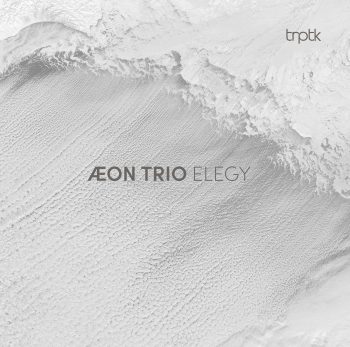
Elegy
Aeon Trio
Hi-res Download
€ 17,00 | TTK0010 -
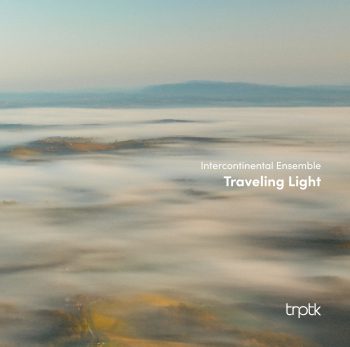
Traveling Light
Intercontinental Ensemble
Hi-res Download
€ 17,00 | TTK0021 -
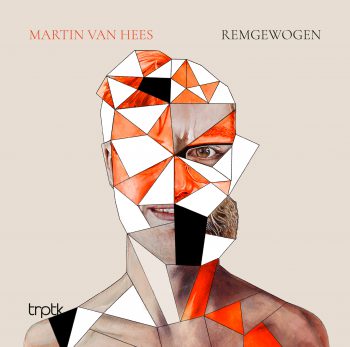
Remgewogen
Martin van Hees
Hi-res Download
€ 17,00 | TTK0030 -
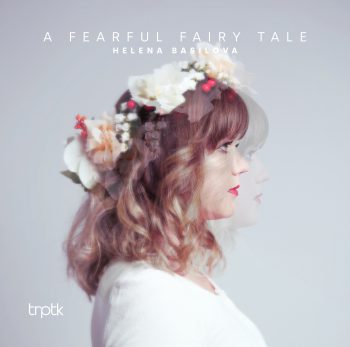
A Fearful Fairy Tale
Helena Basilova
Hi-res Download
€ 17,00 | TTK0041 -
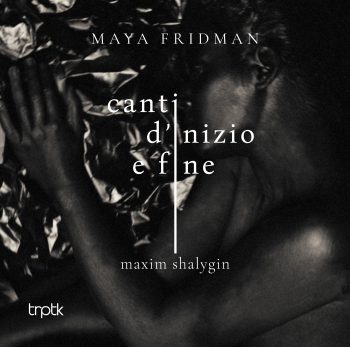
Shalygin: Canti d’inizio e fine
Maya Fridman
Hi-res Download
€ 17,00 | TTK0029 -
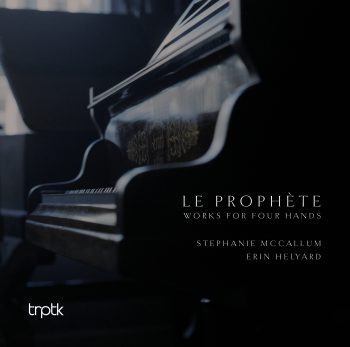
Le Prophète
Erin Helyard
Stephanie McCallumHi-res Download
€ 17,00 | TTK0005



